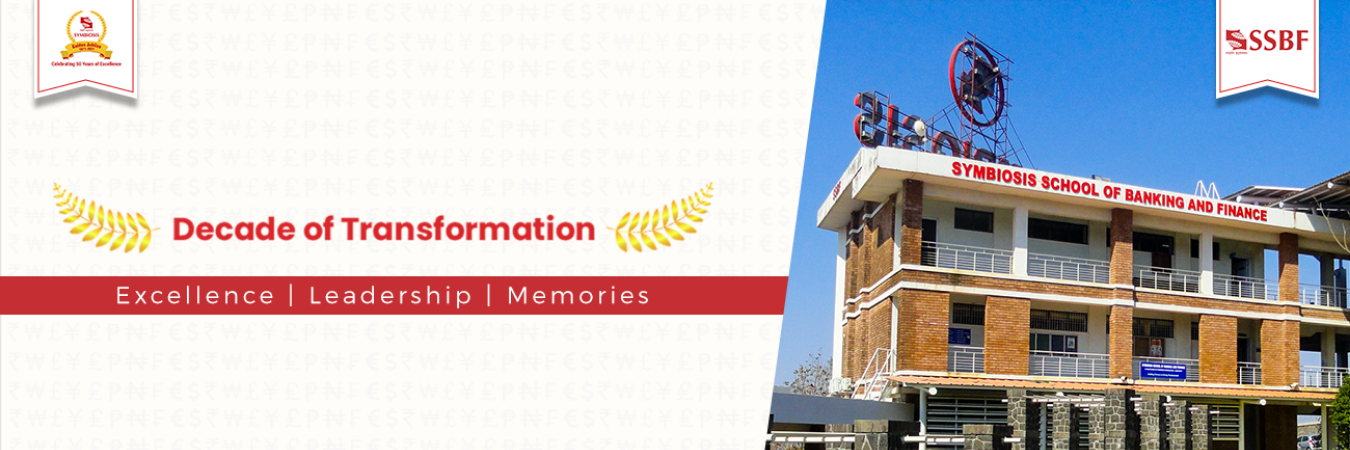The Union Budget 2018-19 is purportedly a budget for Bharat. Not only is this budget famous for being the last budget of the Narendra Modi Government before the country goes to the polls, but it is also popular for being a populist one. Finance Minister Mr Arun Jaitley invested a significant energy sketching out plans in agribusiness, provincial foundation and the social segment, with a push on human services and instruction. The exertion put to cross the breath of the nation is obviously noticeable in this financial plan. Indeed, this was largely expected, given that the incumbent Bhartiya Janata Party (BJP)-led National Democratic Alliance (NDA) is looking at a re-election bid in a little over twelve months from now and is beginning to feel a pinch of anti-incumbency as depicted in the resounding defeat in the by-polls in Rajasthan and expected a comparable destiny in the recent Gujarat assembly elections. In the end, politics defined the economics of the Union Budget 2018 in the favour of a few. The major part of the 110 minute speech was given to tending to farm trouble, the socially disappointed, moderate human services, enhancing education and empowering the small- scale segment. The counter debasement talk was likewise emphasized by the FM upfront.
It was without a doubt a ‘Major Spend’ spending plan of Rs 24.42 trillion with unambiguous political forms but then contained adequate twists that keep on nudging India towards a market economy and a rule- based administration. This budget constitutes 12.9% of the GDP. However, it appears that the outlays are meant to please rating agencies and analysts who look at the size of the fiscal deficit. 2017-18 is a good year in which to miss the fiscal deficit target: GST has created a rupture in the tax system and reduced tax collections to just 11 months’ worth. Moody’s has been forgiving of the current fiscal’s 3.5% deficit, against the target of 3.2%. Next year’s target is a disciplined couple of notches lower, at 3.3%.
A noteworthy feature of the monetary allowance is the to a great degree goal-oriented health insurance scheme (National Health Insurance Scheme) that will cover 100 million families living in poverty for up to Rs 5 lakh, successfully hoping to bring 500 million individuals under its domain. Mr. Jaitley portrayed it as ‘Modicare’, suggesting that it can possibly be a power multiplier for the protection business. Plenty of different plans have been additionally discussed including ‘Ujjwala’ for giving subsidised cooking gas, ‘Saubhagya’ for empowering free power connections to poor family units, and ‘Jan Aushadhi Kendra’ to give affordable medications. The procedure is to make a domain which advances Ease of Living’ for the general population.
A considerable measure of endeavours is additionally being taken toward formation of jobs. It is anticipated that around 7 million employments would be made in the formal division. Mr. Jaitley has likewise incentivised managers by elevating to assimilate the share of the provident fund contribution of new employees for three years.
To address distress in the farm sector, a hefty increase in the Minimum Support Price (MSP) has been announced for the upcoming Kharif crop season. At the same time, this price guarantee has been extended to all the crops and is not limited to only the cash crops.
In terms of tax, Mr. Jaitley held out his tax stick for high net worth companies operating in the digital space. A provision in the Finance Bill requires companies that earn massive revenues rapidly in the Indian online consumer base to pay corporate tax. On the other hand, corporate tax concessions were reserved for the small-scale sector. No changes were made in the income tax slab for individuals.
The decision to bring back Long-Term Capital Gains after the removal of STTs plummeted the Financial markets on the D-day. A tax of 10% is to be levied on all gains of more than Rs 1 lakh from March 31,2018. This was done because last year gains amounting to approx. Rs 360 billion were made by investors which if bore LTCG would have produced a whopping tax of Rs 3.6 billion to the economy. A grandfather clause was however administered for all gains before January 31,2018.
Overall, the budget seems very optimist and defensive in nature. These proposed structural reforms if pulled off successfully might lead to a lot of positive outcomes in the future.





